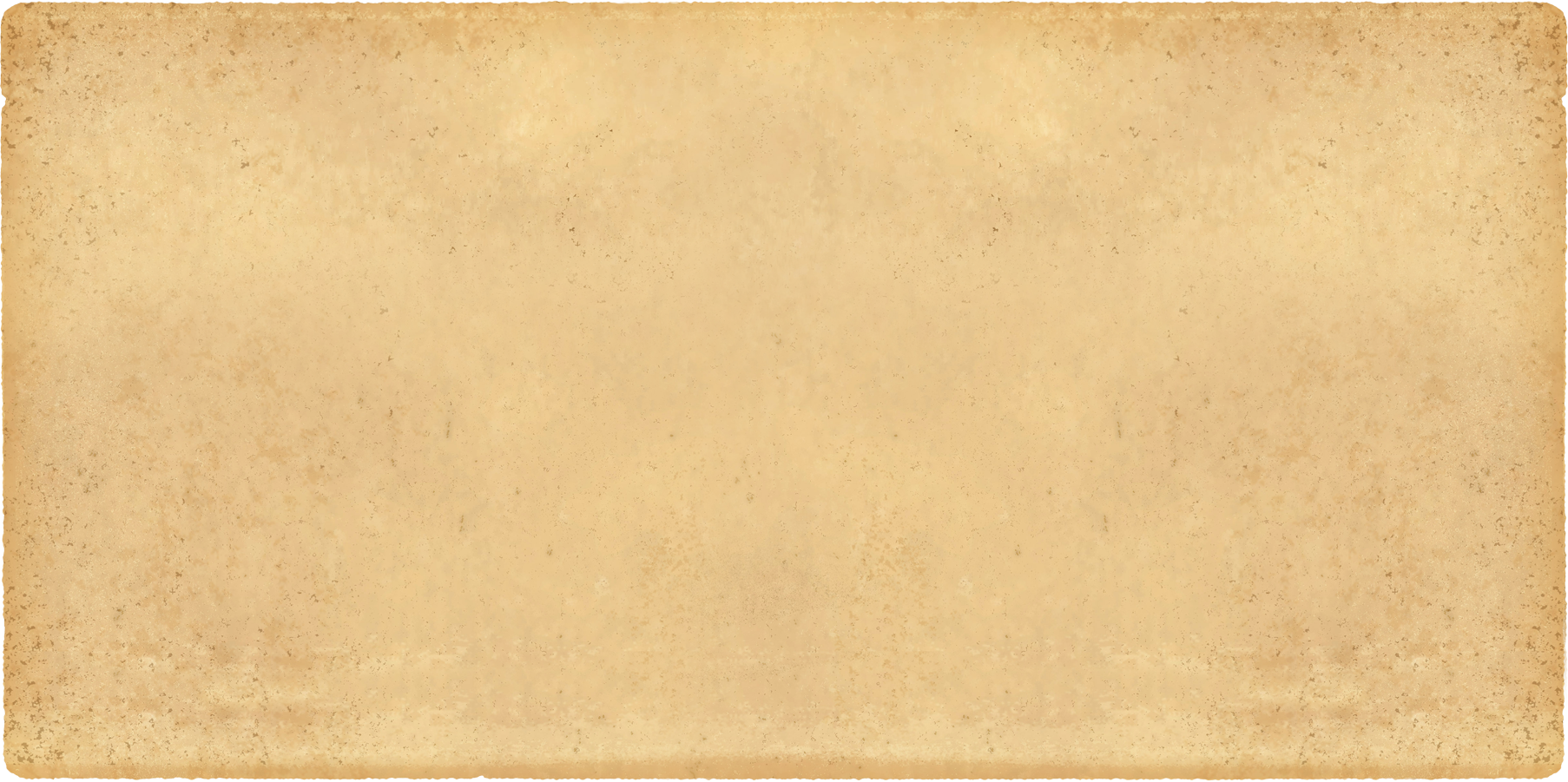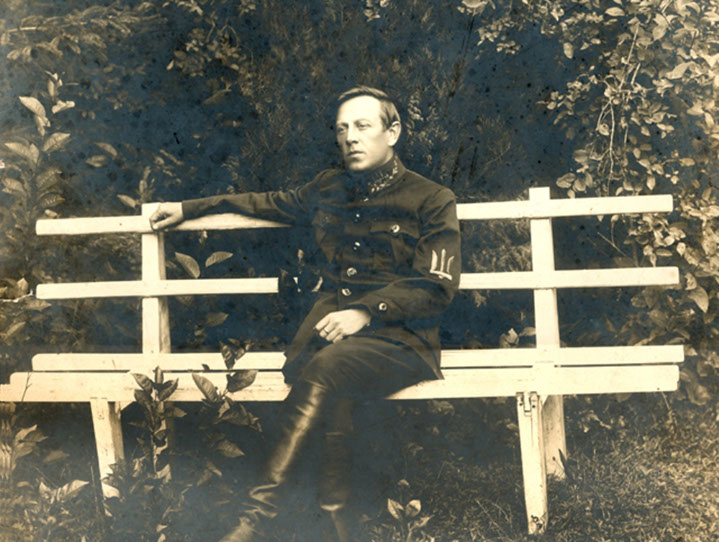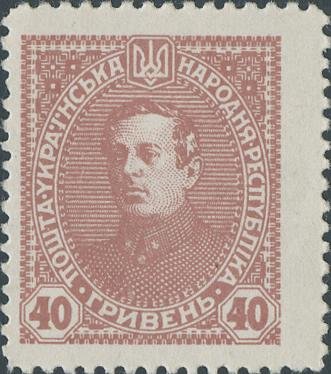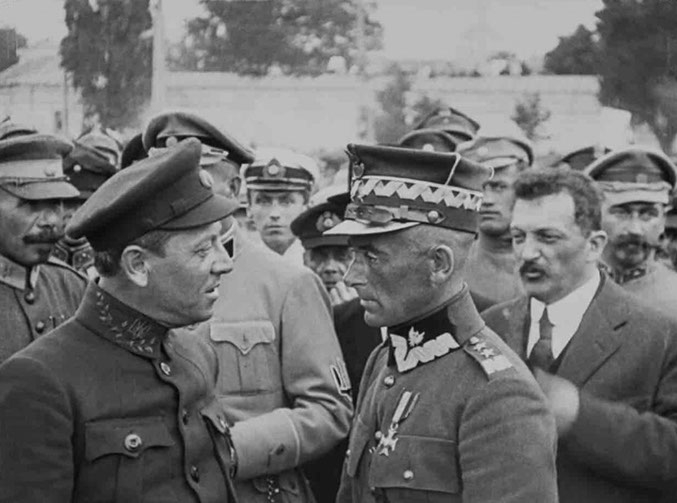



PERSONALITIES
1879–1926
PETLIURA
SYMON
Leader of the Ukrainian Social Democratic Labour Party
Chairman of Directorate and Chief Ataman of the Army and Navy of the Ukrainian People’s Republic

Symon Petliura was born in Poltava. He studied at the Poltava Theological Seminary. 1901 saw him expelled for involvement in revolutionary activities. Petliura was a member of the Revolutionary Ukrainian Party. After its split, he joined the Ukrainian Social Democratic Labour Party (USDRP) and became a member of the Central Committee in 1905. He worked in Kyiv as editor of newspapers Slovo [The Word] (1906), and Ukrayinskaya Zhizn [Ukrainian Life] (1912). He also worked as a bookkeeper in St. Petersburg and Moscow. Upon the outbreak of World War I, he was drafted into the army. In 1916, he served in the All-Russian Union of Zemstvos [local public administrations] and Cities, Deputy Commissioner for the Western Front.
In April 1917, he was elected Chairman of the Ukrainian Front Soviet of the Western Front Troops, in May, he was delegated to the 1st All-Ukrainian Military Congress. He headed the Ukrainian General Military Committee under the Ukrainian Central Rada, established at the congress, to which he was included. In June, he took up the post of Secretary-General for Military Affairs in the General Secretariat, the top executive body established by the Central Rada.
His response to the October coup of 1917 was hostile. Petliura supported the decision of the Central Rada to establish the Ukrainian People’s Republic (UPR). In November, he was reappointed to the post of Secretary-General for Military Affairs in the General Secretariat. He sought to re-subordinate the forces of the Romanian and South-Western fronts to the UPR, which provoked a conflict with Soviet Russia. In December 1917, he was dismissed.

Petliura organized a volunteer military unit, the Gaidamatsky Kosh of Sloboda Ukraine, participated in battles with the Red Guard detachments, as well as in suppressing the uprising in Kyiv (January 1918). After the capture of Ukraine by German troops due to a conflict with the pro-German UPR government, he was removed from all military posts.
After the establishment of the Ukrainian State, headed by Hetman Pavlo Skoropadsky (April 1918), Petliura led the All-Ukrainian Union of Zemstvos and was engaged in opposition activities. July saw him arrested.
In November 1918, he was released, took part in the uprising against Skoropadsky. Since November 14, 1918, he was a member of the Ukrainian Directorate and the Chief Ataman [commander ]of the Army of the UPR, since February 10, 1919, he became Chairman of the Directorate. Petliura pursued a nationalist policy, fought against the Russian SFSR, simultaneously clashing with the Armed Forces of the South of Russia (AFSR). By the autumn of 1919, the forces of the Ukrainian Directorate had been defeated and Petliura had left for Poland.
In April 1920, as Head of the UPR, he signed an alliance with Chief of state of Poland Józef Pilsudski, agreeing to carry out a joint struggle against the Russian SFSR. After the defeat of the UPR forces, he returned to Poland. In the autumn of 1921, he organized a new invasion of Ukraine, with the support of Poland and Romania, but was defeated. Petliura was killed in Paris by a Ukrainian anarchist.


Symon Petliura, Chief Ataman of the Army and Navy of the Ukrainian People’s Republic. Early 1920s.


Symon Petliura, Chief Ataman of the Army and Navy of the Ukrainian People’s Republic. 1919.

Postage stamp of the Ukrainian People’s Republic with a portrait of Symon Petliura.
Austria. Vienna. 1920–1921.
SMPHR. F.VIII-5626/3
From a series of postage stamps ordered in 1919 by the UPR Directorate to the Vienna printing house. The printing of stamps was finished in May 1921, they were not used for mailing letters.


Symon Petliura (left) and Brigadier General of the Army of Second Polish Republic Edward Rydz-Śmigły. 1920.
During the Soviet-Polish War of 1920, Rydz-Śmigły commanded the 3rd Army, then the South-Eastern Front.








Revolutionary Democracy
© 2021 The State Museum of Political History of Russia. All rights reserved. See Website Terms of Use on About Project page




